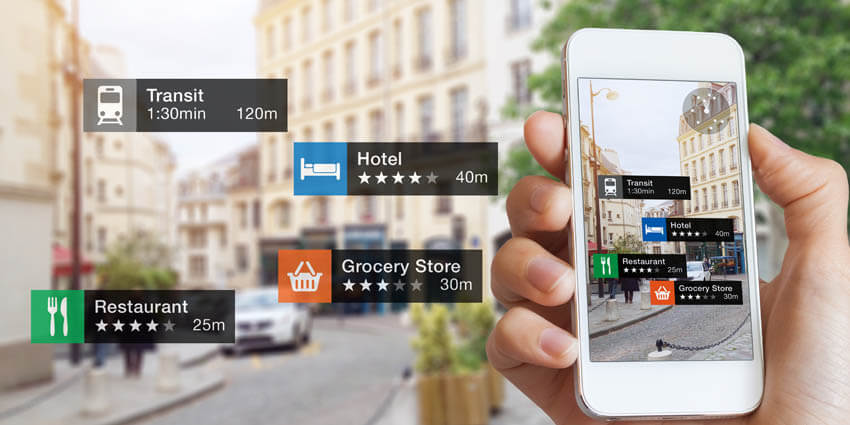Augmented reality (AR) is rapidly transforming the landscape of remote collaboration, offering innovative solutions to enhance workplace efficiency and revolutionize team dynamics. By overlaying digital information onto the physical world, AR bridges the gap between virtual and real environments, creating immersive and interactive experiences for remote teams. This technology is not just a futuristic concept; it's a present-day tool that is reshaping how businesses operate, train, and collaborate across distances.
One of the most significant impacts of AR on remote collaboration is the improvement of communication and knowledge sharing. Traditional remote work often relies on video conferencing and messaging platforms, which can sometimes feel impersonal and lack the nuances of face-to-face interaction. AR addresses this by enabling real-time collaboration in shared virtual workspaces. For example, team members can use AR headsets or mobile devices to visualize project timelines, customer data, or product prototypes directly in their physical workspace. This allows for more interactive and data-driven discussions, fostering a sense of presence and shared understanding that can be difficult to achieve with conventional methods.
AR also enhances remote assistance and training, particularly in industries like manufacturing, construction, and healthcare. Remote experts can use AR to provide real-time guidance to on-site workers, overlaying step-by-step instructions or virtual schematics onto physical equipment. This not only improves efficiency and reduces downtime but also allows for quick problem-solving and knowledge transfer. In training scenarios, AR offers immersive and interactive learning experiences that can improve performance and retention. For instance, AR can simulate real-world environments for safe practice, such as surgical procedures or equipment handling, providing immediate feedback and personalized guidance.
Moreover, AR contributes to better data visualization and decision-making. By overlaying complex data sets onto the physical world, AR enables users to identify patterns, trends, and outliers more easily. This is particularly useful in industries like finance and marketing, where data analysis plays a critical role in strategic planning. AR can also facilitate the creation of virtual prototypes and simulations, allowing teams to test ideas and make adjustments before anything is physically built. This speeds up the product development process, reduces costs, and improves the quality of the final product.
Beyond enhancing efficiency, AR also has a positive impact on team dynamics. By creating shared virtual experiences, AR fosters a sense of camaraderie and collaboration among remote team members. AR-based team-building activities, such as virtual escape rooms or collaborative design challenges, can promote communication, problem-solving, and trust. AR also allows for the personalization of team-building activities, tailoring challenges to match the skill levels and interests of participants. This ensures that each team-building exercise is relevant, meaningful, and aligned with the unique needs of the team.
However, the adoption of AR for remote collaboration is not without its challenges. One concern is the potential for physical and ergonomic risks, such as cybersickness, visual strain, and musculoskeletal disorders, due to the prolonged use of AR headsets. Psychosocial risks, such as technostress, cognitive overload, and isolation, are also a concern, particularly among remote workers who already face these challenges. Addressing these risks requires careful planning and implementation, including providing training on safe usage practices, promoting regular breaks, and fostering a supportive work environment.
Despite these challenges, the potential benefits of AR for remote collaboration are significant. As AR technology continues to evolve and become more accessible, it is poised to play an increasingly important role in shaping the future of work. By enhancing communication, improving training, facilitating data visualization, and fostering team dynamics, AR empowers remote teams to collaborate more effectively, achieve greater efficiency, and drive innovation.

















